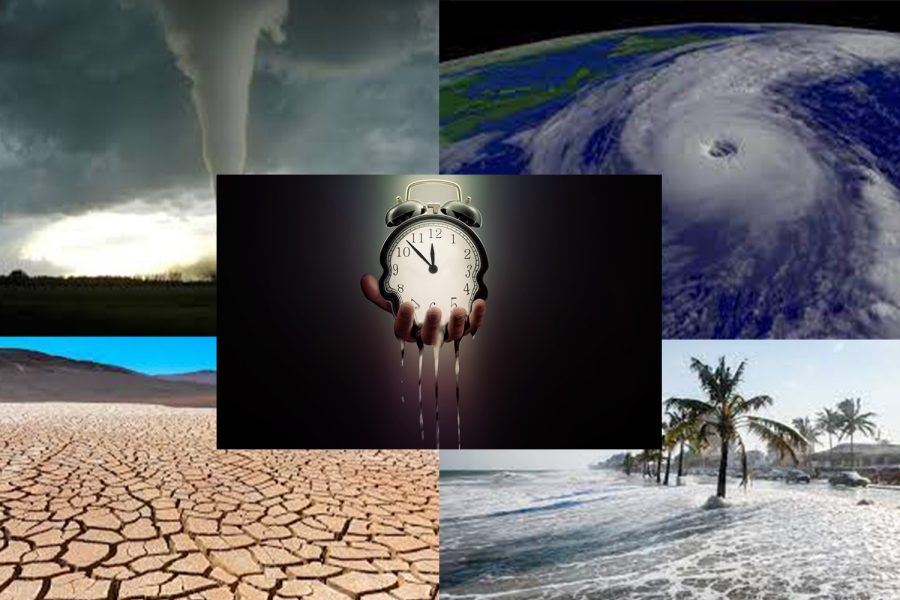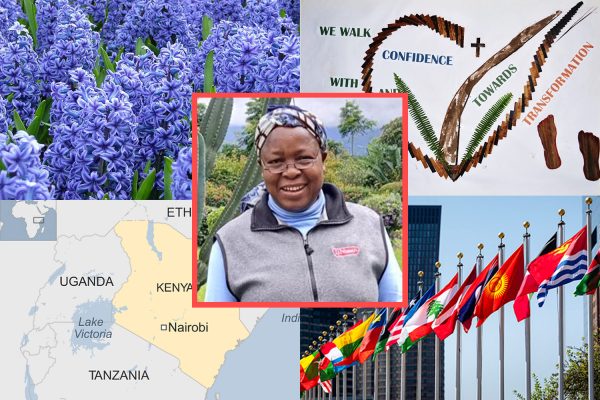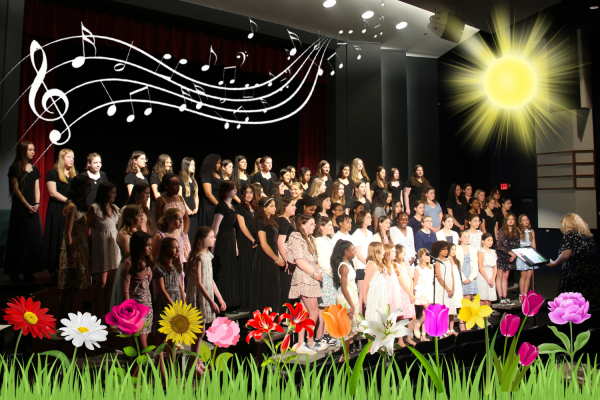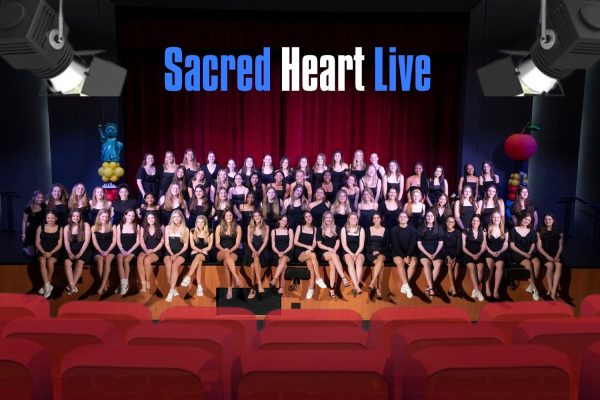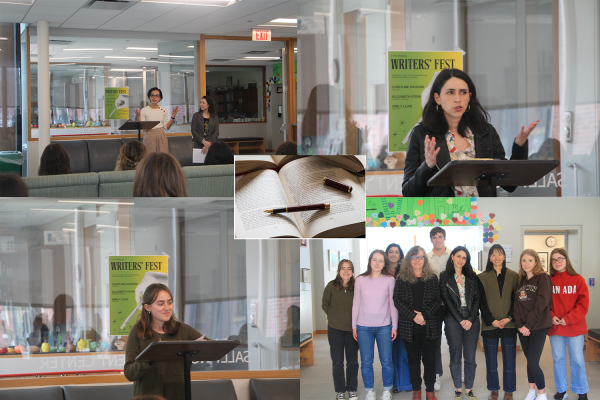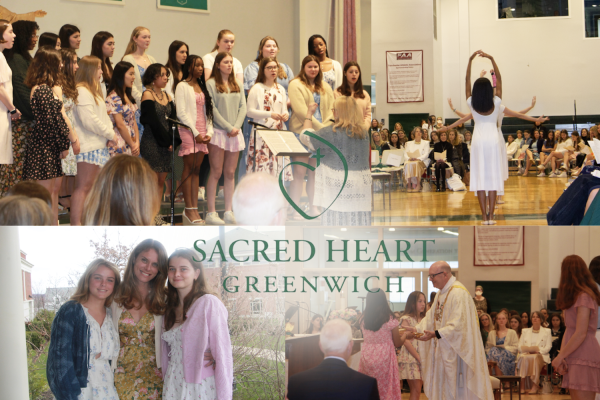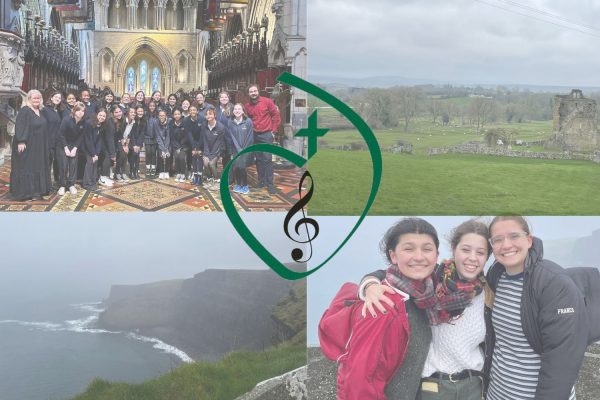Climate Clock strives to create awareness for the fight against climate change
The Climate Clock emphasizes the issue of climate change in major cities by displaying the earth’s lifeline and deadline on a large clock.
Mr. Andrew Boyd and Mr. Gan Golan created a clock that stresses the importance of fighting climate change in our world in 2015. The Climate Clock is on display in major cities for short periods of time, presenting the Earth’s deadline to the public. Since the launch of this project, New York, United States of America, Berlin, Germany, Seoul, South Korea, Rome, Italy, and Glasglow, United Kingdom have installed these clocks, according to climateclock.world. Dr. Adriana Andrade, Upper School Science Teacher, and senior Sinclair Noonan, Head of the Sustainability Club, discussed the importance of being aware of the long-term effects of climate change and shared sustainable changes people can make to their everyday lives to help to contribute to slowing the clock.
The ongoing threat of climate change to the earth has been rising since the late nineteenth century, according to climate.nasa.gov. Human activity is one of the main causes behind climate change, through the burning of fossil fuels and coal. Clearing land for agriculture or industry also contributes to the warming of the planet, according to climate.nasa.gov.
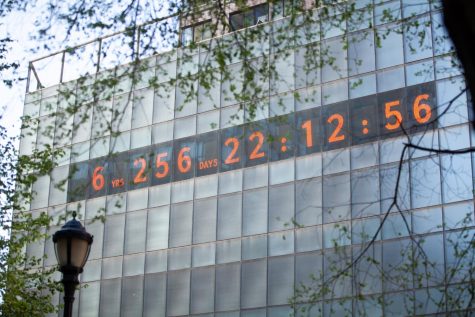
These human activities have caused a 50 percent increase in atmospheric carbon dioxide levels since 1750, according to climate.nasa.gov. The evidence of climate change is seen in the rise of global temperature, the warming of the ocean, melting of the ice sheets in Greenland and Antarctica, retreating glaciers, rising sea levels, and more, according to climate.nasa.gov. Currently, the clock shows that the earth’s deadline is at six years, which is the time left to reduce global warming to 1.5 degrees Celsius, according to climateclock.world.
As well as displaying the deadline, it also shows multiple lifelines of the earth, such as renewable energy, indigenous land sovereignty, the loss and damage due to climate change, and the Green Climate Fund. The total amount of “climate debt” the Group of 20 countries and the Group of 7 countries are in is currently at $31 trillion for G20, and $12.7 trillion for G7, according to climateclock.world.
Other climate activists and organizations are also helping put an end to the environmental issue. The United Nations International Children’s Emergency Fund (UNICEF), classifies the climate crisis as a children’s rights crisis, as it takes away the ability for children to grow up healthy and can cause illness or death, according to unicef.org. Dr. Andrade discussed solutions to climate change and how Sacred Heart Greenwich students can become more involved.
“We need to question human activities, the consumer society we live in, and the causes that led to climate change. We started to change the climate because of the way in which land is used and occupied, and the type of agriculture that is practiced. It takes a critical eye to think about the origin of this problem and why it is happening,” Dr. Andrade said. “One way to start a discussion about climate change in our school could involve learning about the impacts of soil and water use in the region where we live. Students could also be involved in learning how waste is managed in the school/town, how to grow a vegetable garden, and learn about issues related to the efficient use of energy and water.”
One of the long-term effects of climate change is the increase in hunger among the population in specific countries that are dependent on the success of their agriculture. Dr. Andrade explained these effects using her knowledge of this topic, as she teaches Upper School Advanced Placement (AP) Biology.
“With continuing practice of intensive agriculture, we may be compromising the ability of future generations to produce food. Losses in this direction have already reached Europe, India and the southern region of Brazil. Scientific evidence indicates that climate change is already underway, such as the global increase in temperature, the reduction in the amount of ice, the rise in sea level, and the acidification of the oceans, among others,” Dr. Andrade said. “Extreme weather events are rapidly increasing in frequency and intensity on the planet, impacting human health, agriculture and the balance of ecosystems.”
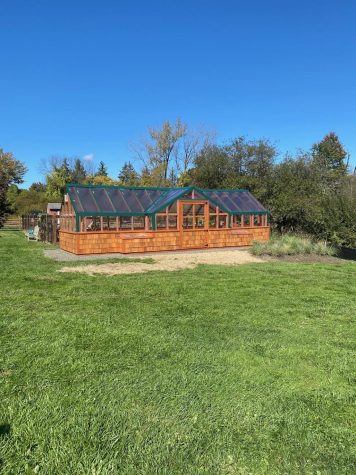
One of the prominent causes of climate change is the action of humans in their daily lifestyles. Sinclair discussed the eco-friendly changes she encourages in the community as the Head of the Sustainability Club.
“The Sustainability Club encourages members of the Sacred Heart Community to make small lifestyle changes that together reduce our community’s carbon footprint. To achieve this goal, we are currently creating signs showing which materials can be recycled and which cannot,” Sinclair said. “Many of our club members are also on the Environmental Stewardship Committee, where we have been brainstorming how to educate students and faculty on the various facets of sustainable living.”
Sacred Heart recently built a greenhouse on campus by the fields and observatory. Sinclair mentioned how the new addition to the school contributes towards efforts to lead more sustainable lives in order to minimize the climate crisis.
“There is even a new greenhouse on campus, so both the Sustainability Club and Environmental Stewardship Committee are brainstorming how to involve students in these unique opportunities,” Sinclair said. “We are essentially making small changes within our school while educating the community on how they can bring these ideas back home so that we can collectively reduce greenhouse gas emissions and fight climate change.”
Featured Image by Kelly Haggerty ’23
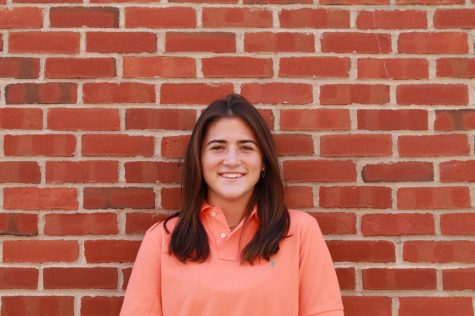
Kelly is ecstatic for her third and final year on the paper, returning as a Content Editor. In her fourth year at Sacred Heart she is looking forward to...

